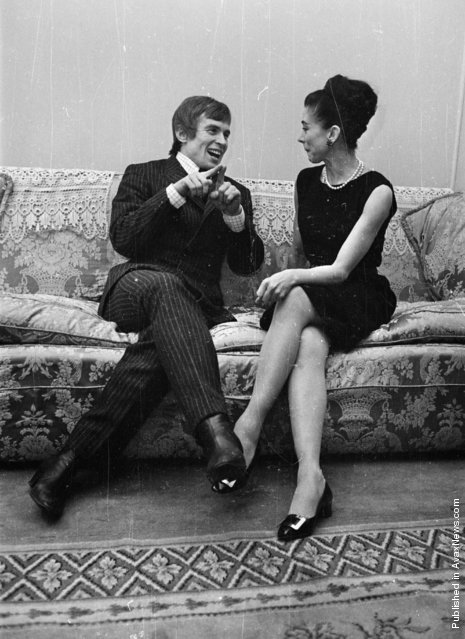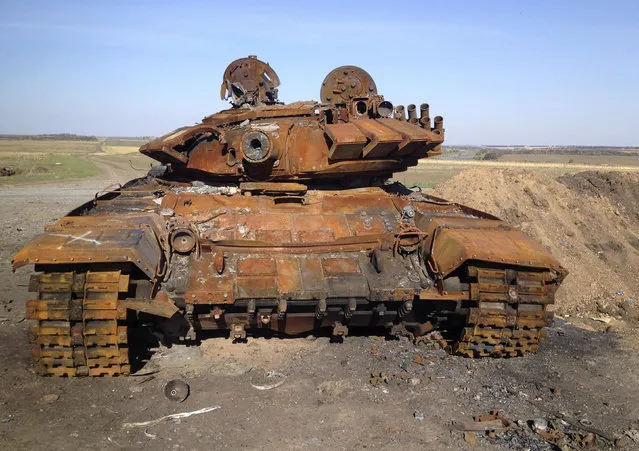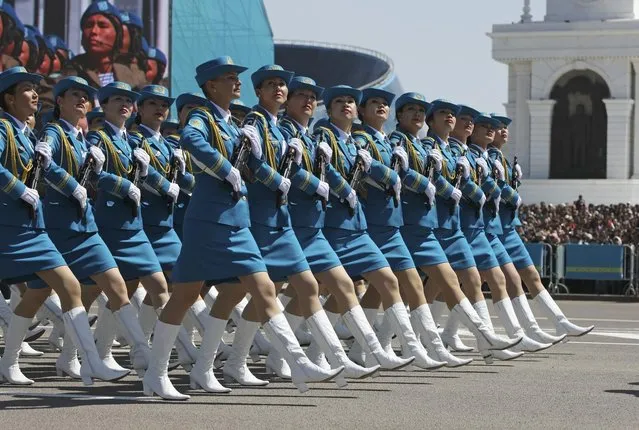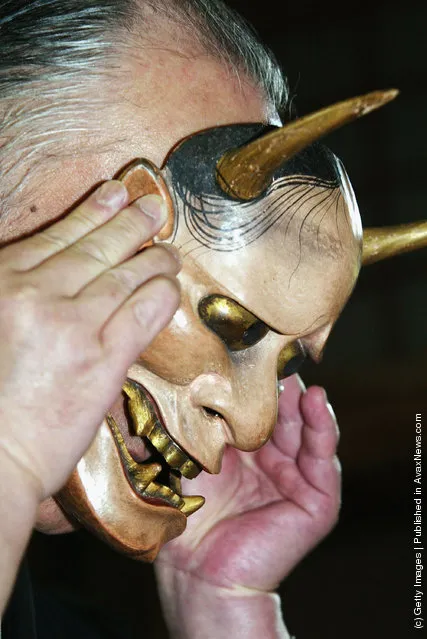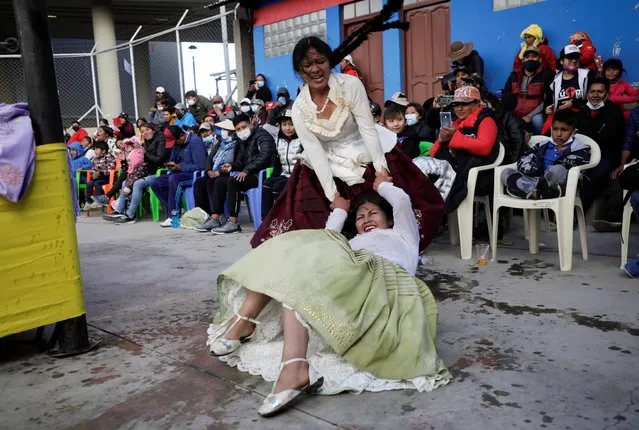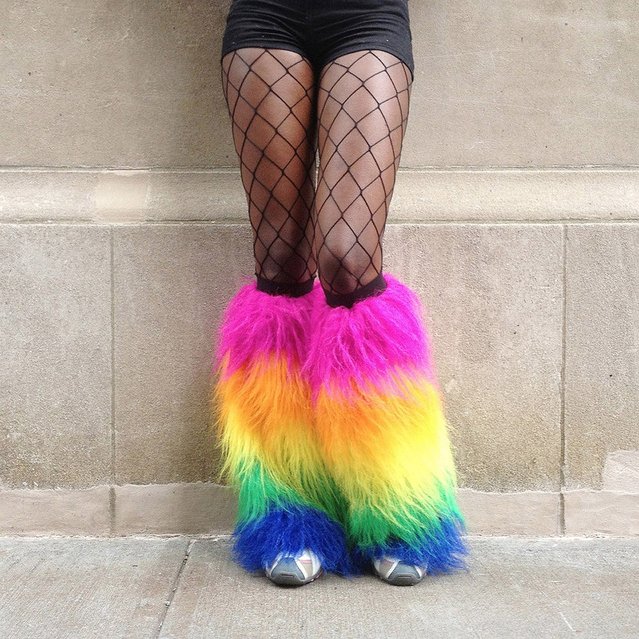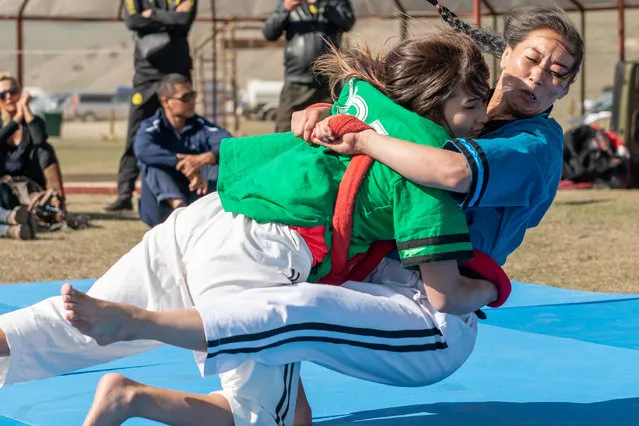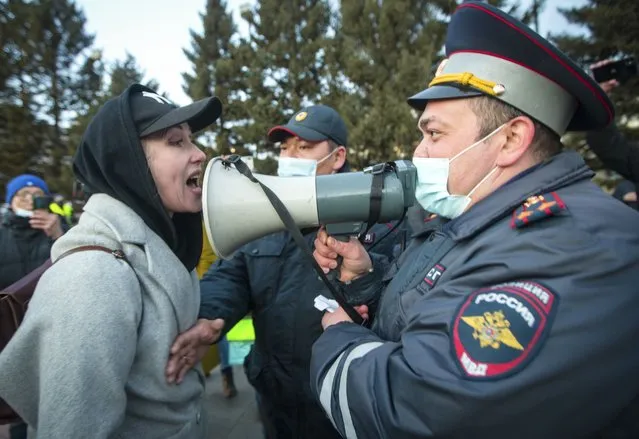
A woman argues with police officer during a protest in support of jailed opposition leader Alexei Navalny in Ulan-Ude, the regional capital of Buryatia, a region near the Russia-Mongolia border, Russia, Wednesday, April 21, 2021. Navalny's team has called for nationwide protests on Wednesday following reports that the politician's health was deteriorating in prison, where he has been on hunger strike since March 31. Russian authorities have stressed that the demonstrations were not authorized and warned against participating in them. (Photo by Anna Ogorodnik/AP Photo)
22 Apr 2021 10:04:00,post received
0 comments

